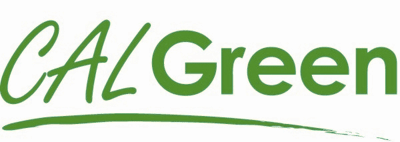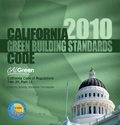
The United States Environmental Protection Agency (EPA) has announced it will not begin enforcing its Renovation, Repair and Painting Rule until October 1, 2010, to provide more time for contractors to become certified. This rule initially stated that by April 22, 2010, contractors had to have EPA lead-safety certification or risk fines of up to $37,500 if they did any remodeling or demolition in homes, schools, or childcare facilities built before 1978.
On June 18, 2010, the EPA:s Assistant Administrator in the Office of Enforcement and Compliance Assurance issued a memorandum allowing for additional time to allow contractors to complete the training and apply for their certification.
To receive certification, at least one employee of each licensee working in a pre-1978 building must complete an eight hour course from an EPA-approved training provider. The EPA will not fine contractors who have applied to enroll in or have already enrolled in such a class by September 30, 2010. Training must be completed by December 31, 2010, to comply with the federal requirements. Training costs vary by provider.
Once training is complete, the licensee or firm must apply to the EPA for certification, which costs $300 and is valid for five years. Certification forms and a list of approved training providers are available at www.epa.gov/lead or by calling 800.424.LEAD (5323).
It is not necessary to submit your EPA certification or proof of lead-safety course completion to CSLB.

Are you ready for CALGreen?
As of January 2011, California's building standards will require that all new buildings reduce water consumption, employ building commissioning to increase system efficiencies, divert construction waste from landfills, and install low pollutant-emitting finish materials. These provisions establish the minimum of green construction practices and will incorporate environmentally responsible buildings into the everyday fabric of California communities.
The California Building Standards Commission (CBSC) and the Department of Housing and Community Development worked closely with the building industry and other trade stakeholders to ensure that the mandatory regulations achieved a balance between significant environmental standards and effective practices that will not substantially drive up construction costs in a slow economy. The California Green Building Standards Code (CALGreen) mandatory measures set sensible minimum standards that are attainable, reasonable and based on good practices, and consequently is supported by the California Building Industry Association (CBIA), Commercial Real Estate Development Association of California (NAIOP), California Business Properties Association (CBPA), Laborers International (LiUNA!), Building Owners and Managers Association of California (BOMA California), and others.

CALGreen has approximately 52 mandatory measures, and an additional 130 provisions that have been placed in the appendix for optional use. Some key mandatory measures for commercial occupancies include specified parking for clean air vehicles, a 20 percent reduction of potable water use within buildings, a 50 percent construction waste diversion from landfills, use of building finish materials that emit low volatile organic compounds, and building commissioning.
Key optional measures include cool roofs, performance and prescriptive energy measures, increased reduction in landscape potable water irrigation, and building flush out prior to occupancy. Another strategic component is a tiered system designed to allow jurisdictions to adopt codes that go beyond the state mandatory provisions. The nonresidential tiers include increased reduction in energy usage by 15 or 30 percent and increased reduction in potable water consumption, parking for clean air vehicles, cool roofs, construction waste diversion, utilization of recycled materials, and use of low-emitting resilient flooring and thermal insulation.
The voluntary tiers are designed to become mandatory when adopted by a local jurisdiction. They then fall under the local building department's inspection process. The critical issue of compliance verification of CALGreen is addressed by utilizing the existing building code enforcement infrastructure. Local jurisdictions will incorporate CALGreen code provisions into their construction field inspections.
In an effort to assist with the implementation of CALGreen, CBSC is taking advantage of existing training programs within the building industry, developing educational materials and program curriculum, and working toward partnerships with stakeholder organizations. CALGreen is currently available online and was published on July 4th along with the rest of the California Building Standards Code, or Title 24, which was adopted in January. The effective date for the 2010 California Building Standards Code, which includes CALGreen, is January 1, 2011.
For more information on CALGreen visit the CBSC Web site: www.bsc.ca.gov or email your questions or training requests to cbsctraining@dgs.ca.gov.